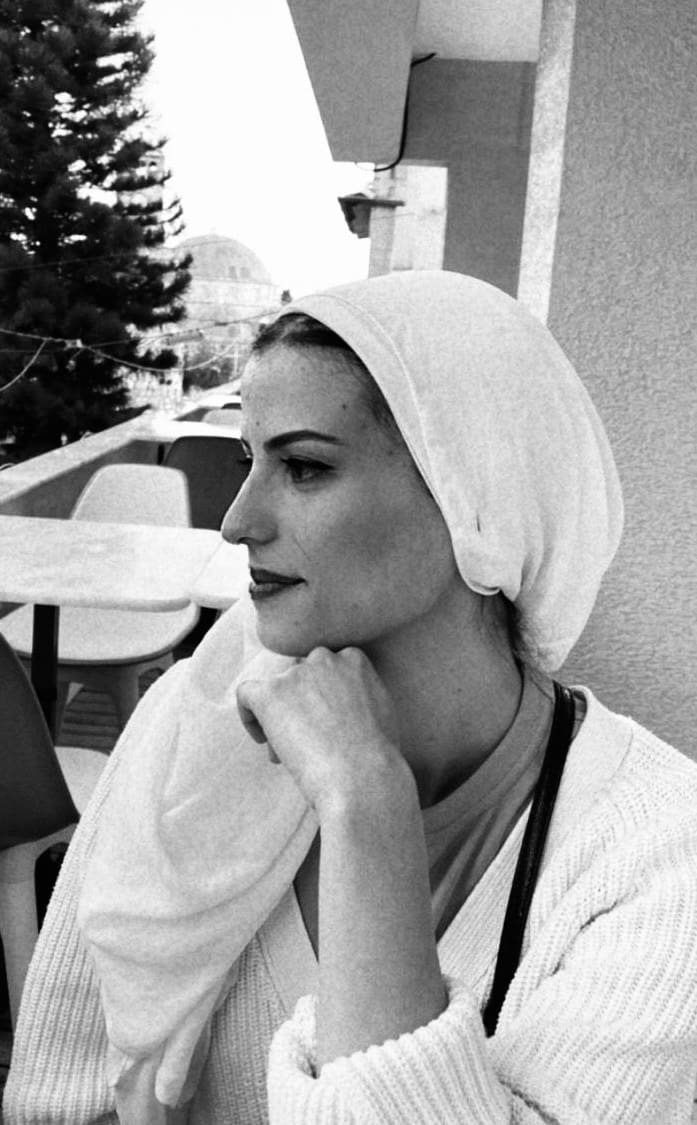A snow-coated city, amazing animals, an enigmatic Japanese island... Blind offers you ten books of photographic adventures from around the globe. A compilation of dreams to slip under the tree or leaf through by the fireplace.
1/ Michel Eisen...

A snow-coated city, amazing animals, an enigmatic Japanese island... Blind offers you ten books of photographic adventures from around the globe. A compilation of dreams to slip under the tree or leaf through by the fireplace.
1/ Michel Eisen...



You’re getting blind.
Don’t miss the best of visual arts. Subscribe for $9 per month or $108 $90 per year.
Already subscribed? Log in